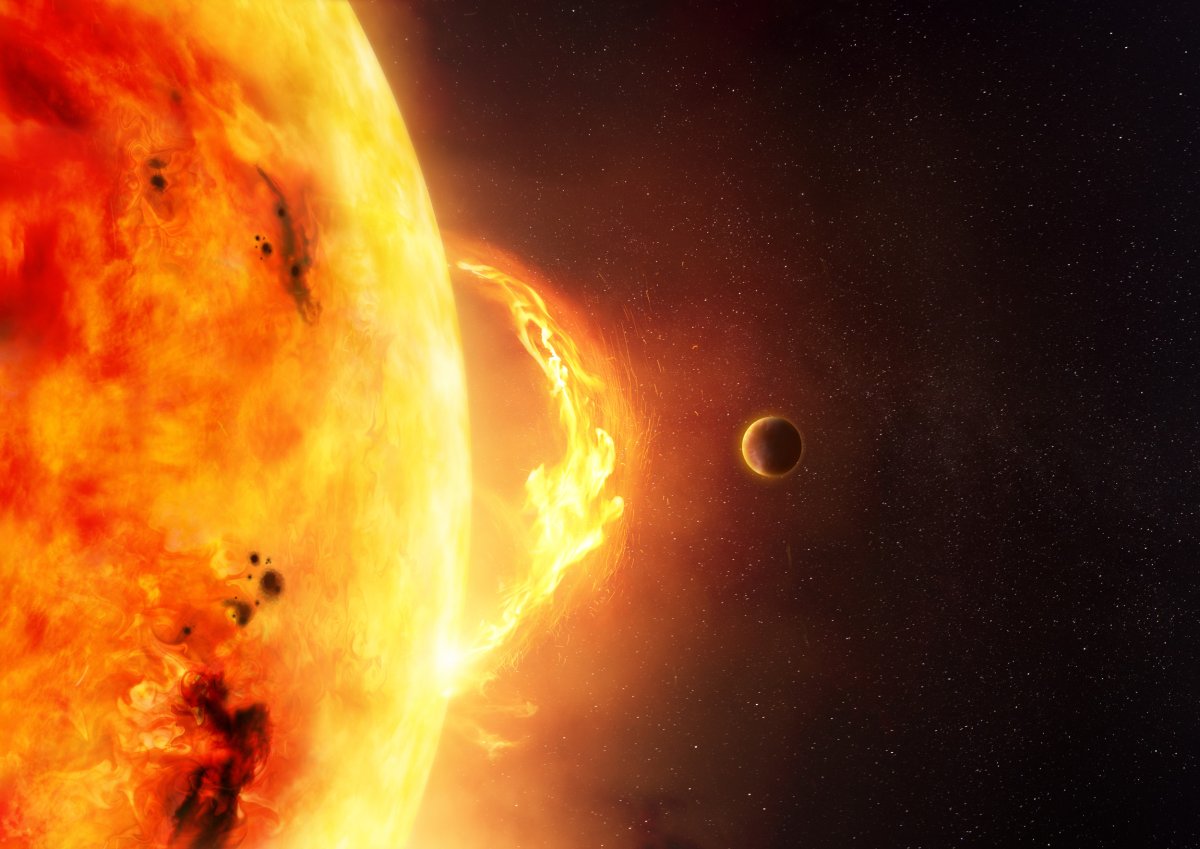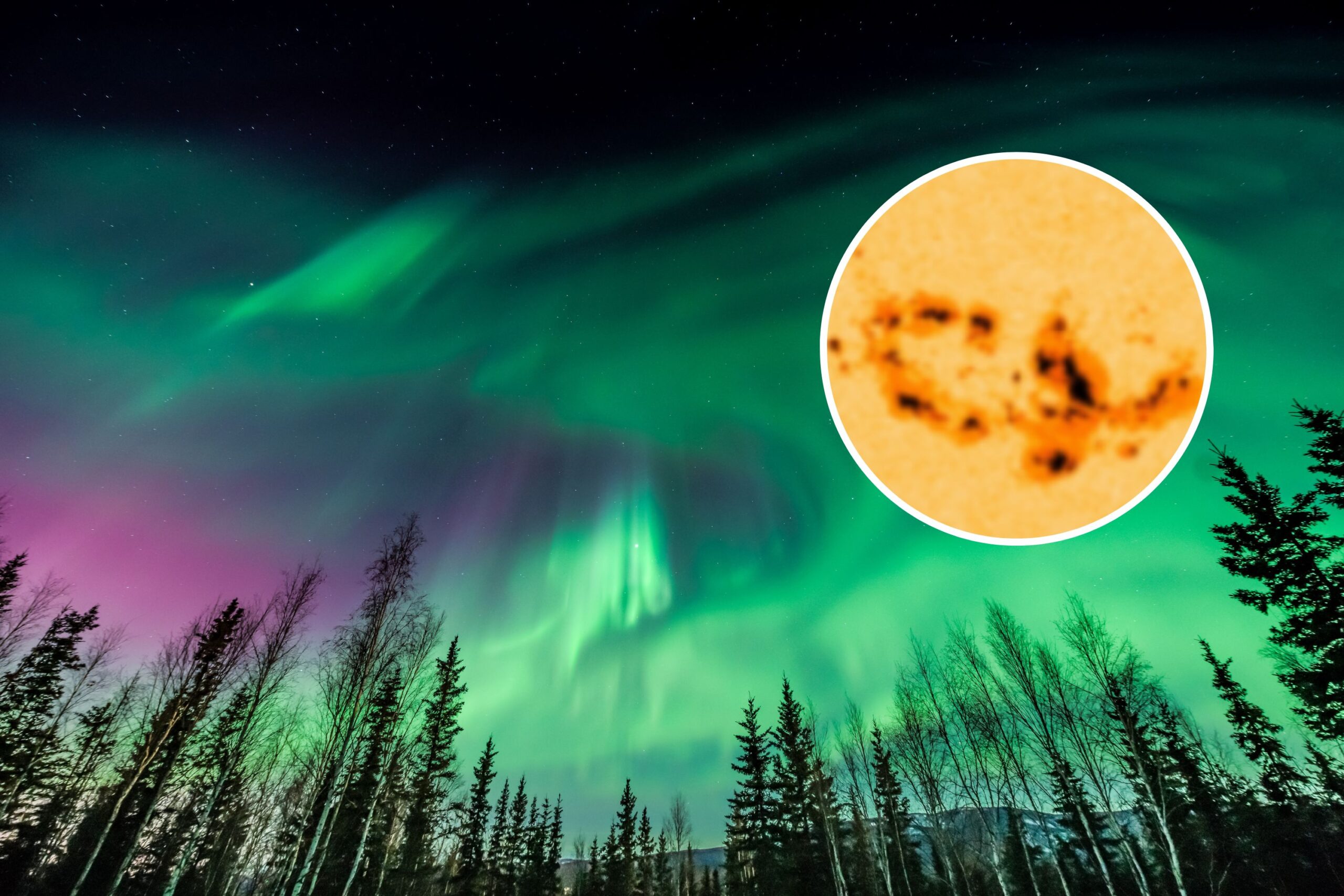The giant sunspot that sparked spectacular auroras around the globe earlier this month is about to face Earth again.
That sunspot, AR3664, was about 15 times the width of Earth when it fired off a series of coronal mass ejections on May 10. These collided with our planet’s magnetic field and triggered the aurora borealis, which was seen in all 50 US states and beyond. the strongest geomagnetic storm in decades.
This sunspot has been rotating away from Earth as the Sun slowly rotates, but is now set to reappear and put our planet in the line of fire again.
“This activity has been associated with a huge sunspot now orbiting the far side of the Sun, with a rotation period of about a month. A group of sunspots this large usually lasts a long time, so it should be visible again in a few weeks and reach the central “dangerous ” position in about three weeks (then it takes 2-3 days for the effects to reach us),” said Martin Connors, professor of space science and physics at Canada’s Athabasca University. Newsweek just after the May 10 storms.
Sunspots are regions on the surface of the Sun with reduced surface temperature caused by a concentration of magnetic field activity that appear as spots darker than the surrounding regions. This increased magnetic activity means sunspots are prone to bursts of radiation – solar flares – and the ejection of huge plumes of solar plasma known as coronal mass ejections (CMEs).
ISTOCK / GETTY IMAGES PLUS / NOAA Space Weather Prediction Center
When the charged particles of a CME reach Earth, they interact with the planet’s magnetosphere, the protective magnetic bubble that surrounds it, causing a geomagnetic storm. Depending on their strength, these geomagnetic storms are ranked on a scale from G1 (minor) to G5 (extreme).
The May 10 storm, triggered by a CME train hitting Earth, was the first G5 geomagnetic storm we’ve seen since 2003, and is considered one of the most powerful storms our planet has seen in centuries.
“G5 storms occur about once every ten years. They are unusual because they represent the strongest category of geomagnetic storms, which occur much less frequently than weaker events,” said Jim Wild, professor of space physics at Lancaster University. Newsweek.
Solar particles collide with gas in our atmosphere during a geomagnetic storm, causing them to glow in the amazing colors seen during the aurora borealis. Different gases emit different colors: oxygen produces green and red light, while nitrogen emits blue and violet light.

ISTOCK / GETTY IMAGES PLUS
Now that AR3664 is spinning back toward our planet, we may once again be at risk of strong solar flares and CMEs headed our way.
The sunspot is apparently still very active. Just yesterday it was seen ejecting an X2.8 solar flare that triggered a radio blackout over East Asia and was accompanied by a CME that missed Earth. By the end of the week, it should be completely turned toward Earth and could lead to unusually widespread northern lights.
“I would say mark your calendars to be on the lookout for the aurora about three weeks from now,” Connors said three weeks ago.
Do you have a tip for a science story that Newsweek should it be opaque? Have a question about sunspots? Let us know at science@newsweek.com.
Unusual knowledge
Newsweek is committed to challenging conventional wisdom and finding connections in search of common ground.
Newsweek is committed to challenging conventional wisdom and finding connections in search of common ground.
